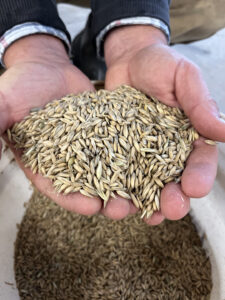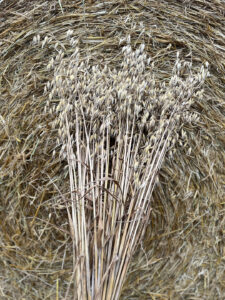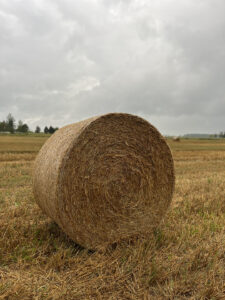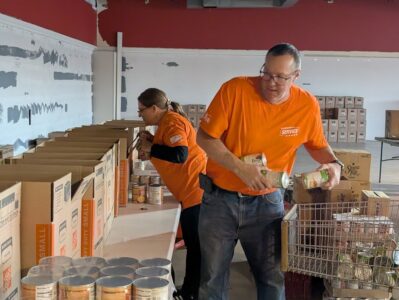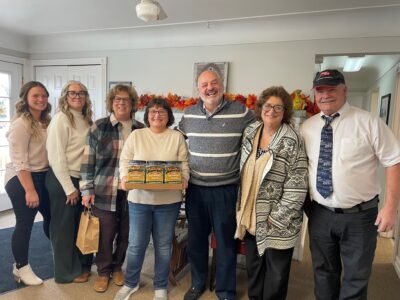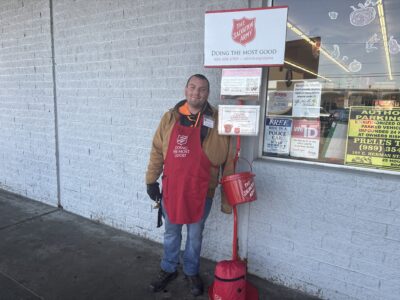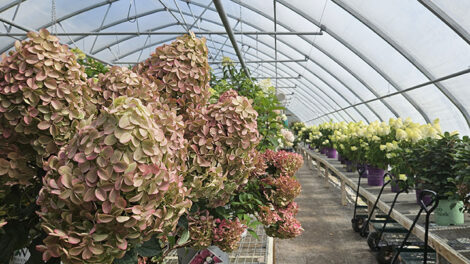Keeping it local: Herron Hidden Creek Farms harvests, sells oats
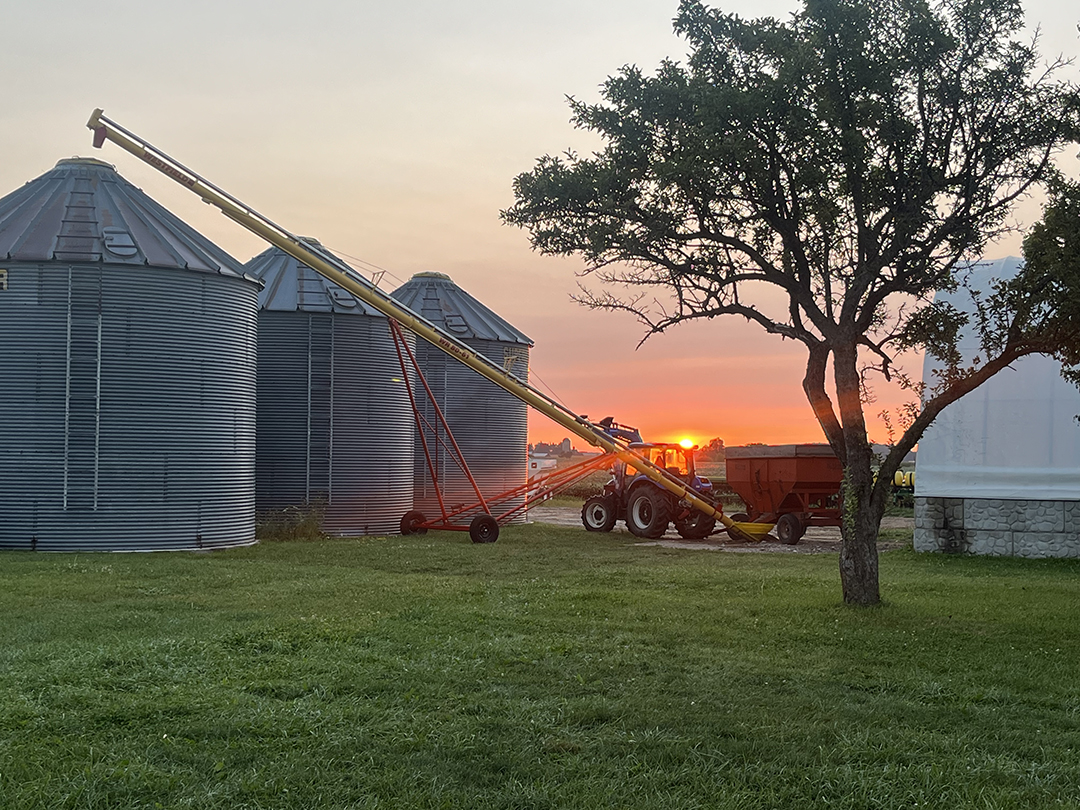
Courtesy Photo A farmer is seen unloading the oats from a gravity box into a grain bin used to store the oats until they are sold.
Mom and Pop shops and small diners aren’t the only businesses that benefit from the support of their own community. Local farmer Jeremy Werth of Herron Hidden Creek Farms sees the benefit in working with local feed mills when it comes to selling his oats.
In a world where the prices of everything on any shelf of any store continues to rise, farmers have been facing fluctuating prices when it comes time for them to sell their crops. In Jeremy’s case, while the prices may fluctuate, he states that a benefit to working with local feed mills is that the cost of trucking is significantly less than if he were to have it trucked to one of the mills in lower Michigan. Additionally, the mills benefit from having local farmers from whom they can purchase commodities. According to Jeremy, who has been growing oats for 12 years now, other areas known for growing oats are Maumee, Ohio, and Canada. And likely, the farther away the oats were grown, the more expensive it would be for the feed mills to purchase them.
When are the oats ready for harvest? Generally, oats are harvested around mid-August, as they are planted as early as possible in the spring. Once the oats start turning to a golden-brown color, it is time to check the moisture content. Once the moisture content is around 13% or 14%,the oats can be harvested. Oats, like any other grain, will go bad if they are stored in a bin and are too wet. If oats are combined at 14%, Jeremy would store the oats in a bin with air. These are grain bins with fans in them, that will suck in outside air to help dry the grain within the bin.The fans are only turned on when the air outside is not humid, so as to prevent the grain from getting too moist. These bins do not apply heat to dry the grain.
This year, the weather pushed the harvest time back toward the end of August.
“This year,” Jeremy stated, “there was still some green undergrowth that we found when harvesting, and the added moisture made harvesting more difficult.”

Courtesy Photo Oats that have been harvested are seen here.
This green undergrowth is a sign that the plant is not dried down as much as many may prefer. Not only does the moisture content make mold a large possibility if not stored properly, but it makes it difficult to harvest as well. When the plant is green, there is a higher moisture content and the stem is tougher than if it is the typical golden-brown color. This makes it more difficult to cut. Last year, Jeremy had a different issue. His oats grew tall and then were knocked down with wind and rain.
“When the plant lays down, it makes it harder to combine,” Jeremy stated. “The only way to harvest when the plant is laid down is to put the header down as far as possible.”
The combine header is the large reel-shaped piece on the front which contains sharp knives to cut the crop being harvested. If the header is too low, the chances of picking up any rocks or debris in the field is greater, and if the farmer isn’t careful, it can cause damage to the header. When the plant is laid down, the farmer may also have to combine in different directions to get the header underneath the plant.
So why are oats important anyway? The oats Jeremy grows and sells are used by local feed mills as ingredients in their feed mixes. Typically, these local feed mills have their own recipes for feed mixes for many different species of animals, but oats are typically found in calf grain, chicken scratch, horse feed, and pig feed. These animals provide meat, milk, and eggs for human consumption.
The stems remaining in the field are left to finish drying and baled up for straw. Herron Hidden Creek Farm uses their own straw to bed their cattle, ensuring none of their harvest goes to waste. In speaking to Jeremy, he explained some other growing processes for oats that he doesn’t use, but are beneficial to farmers. Oats can be planted with other crops, such as alfalfa and peas, to use as a nutrient-dense feed. When grown for forage, oats are often planted with peas and harvested green. They are also a good “nurse crop,” explained Jeremy, stating that “when planted with alfalfa, the oats help mitigate the weeds.”
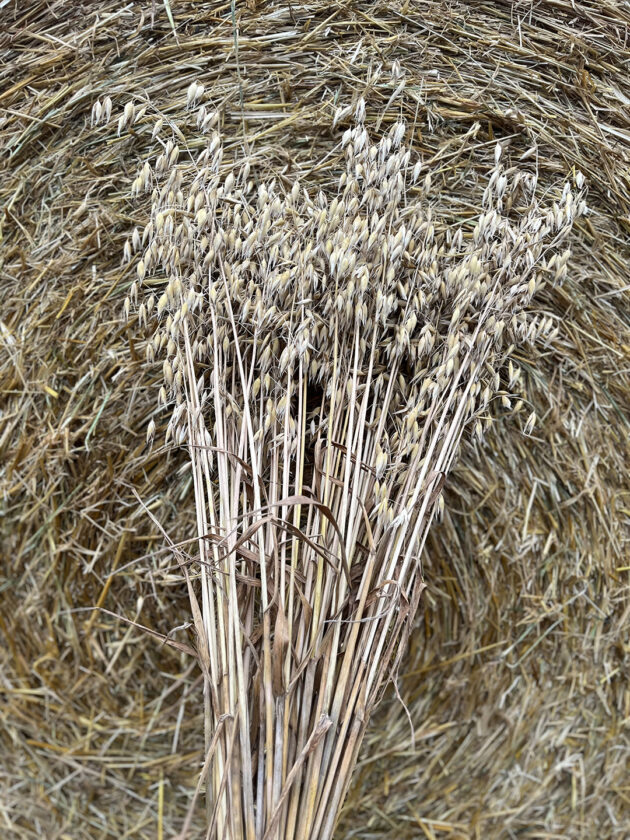
Courtesy Photo The oats that are used for human and animal consumption are located at the top of the plant, while the stems are used for straw.
A quick Google search will show that Jeremy’s explanation is not unique. There are several reputable links explaining the benefits of growing oats with peas and other plants. These benefits are not solely to provide nutritious feed for animals, but the plants tend to help each other grow as well.
- Courtesy Photo A farmer is seen unloading the oats from a gravity box into a grain bin used to store the oats until they are sold.
- Courtesy Photo Oats that have been harvested are seen here.
- Courtesy Photo The oats that are used for human and animal consumption are located at the top of the plant, while the stems are used for straw.
- Courtesy Photo A bale of straw sits in the field, ready to be stored until used as bedding for Jeremy’s Werth’s cattle.
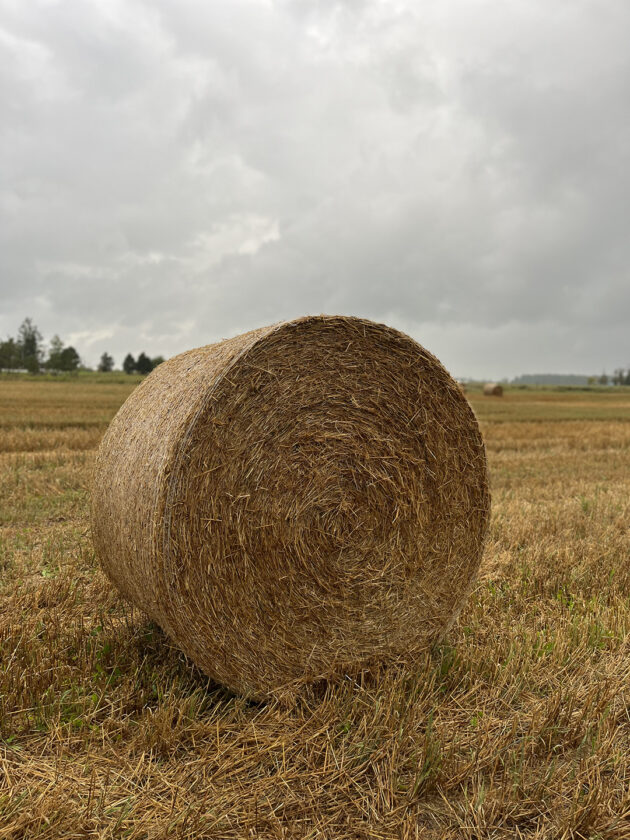
Courtesy Photo A bale of straw sits in the field, ready to be stored until used as bedding for Jeremy's Werth's cattle.


